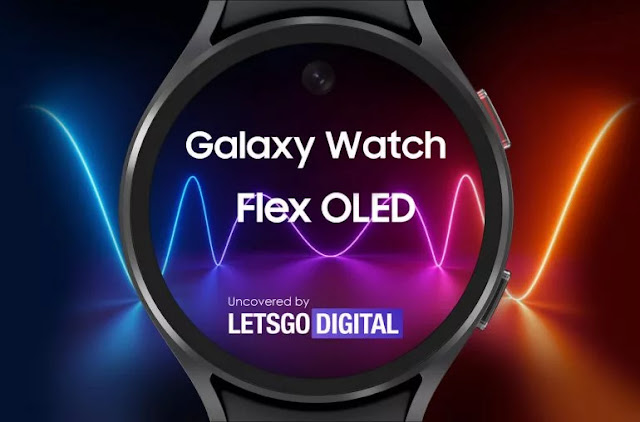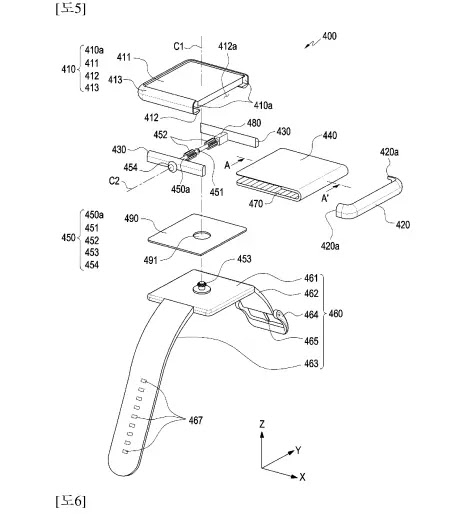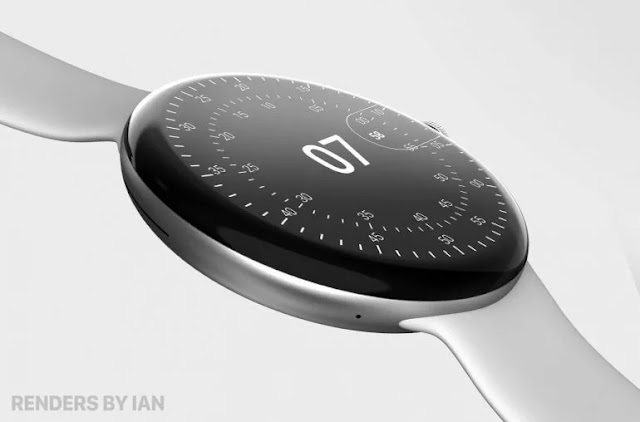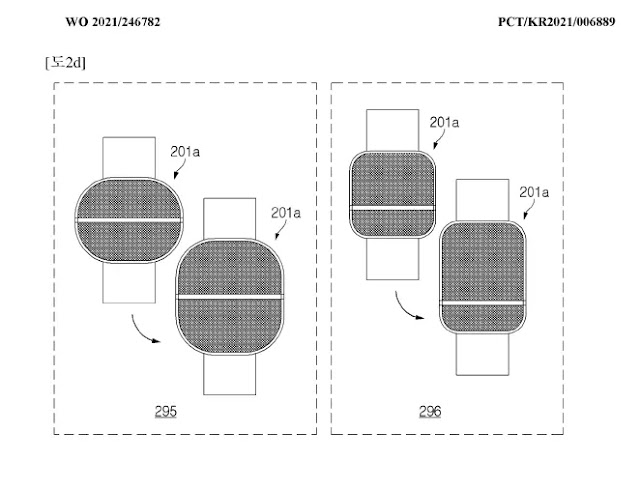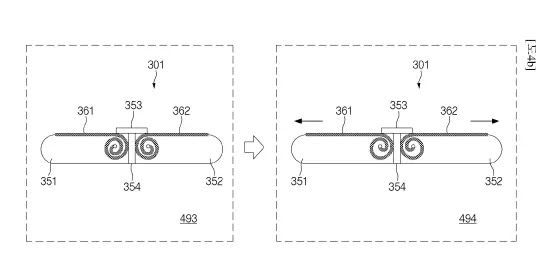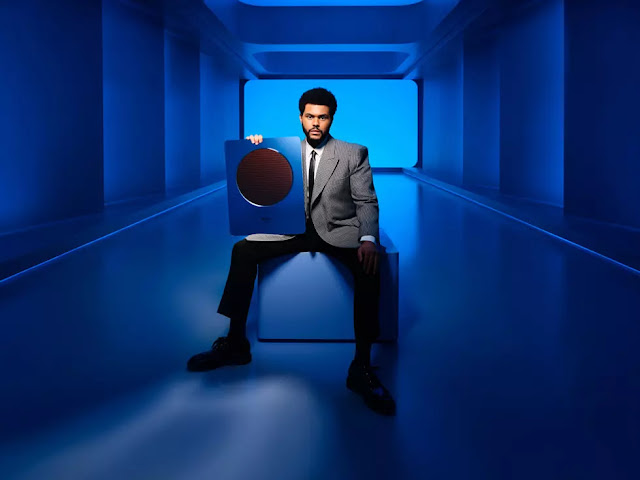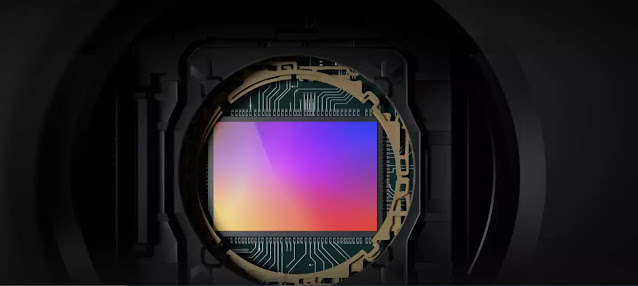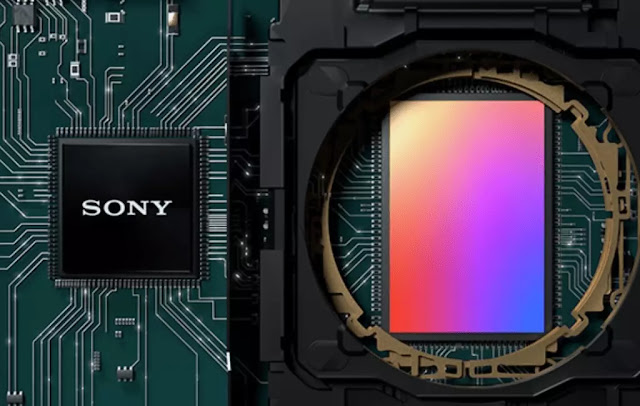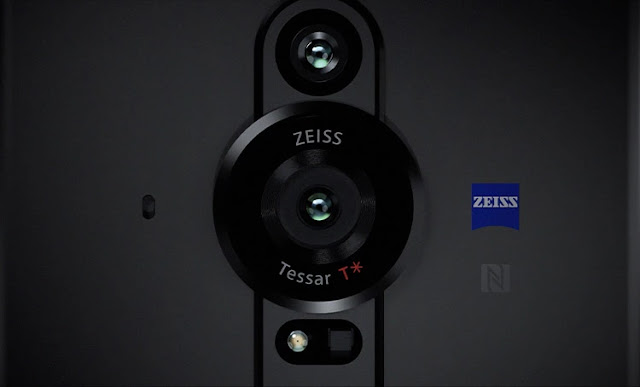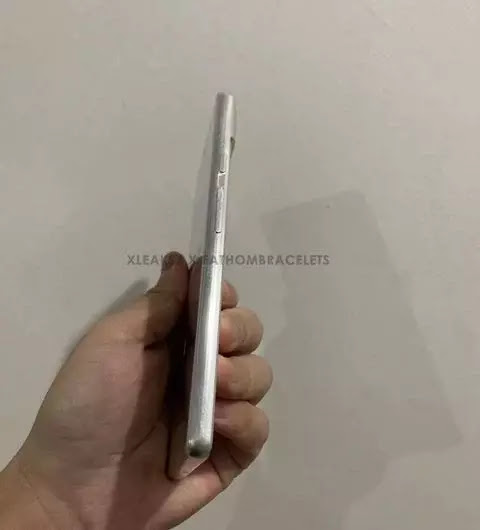Samsung has patents for a rotating and rollable display on its Galaxy Watch.
You might read more about a rolling Samsung Galaxy smartwatch in development with a sliding screen and camera on LetsGoDigital earlier this week. While several smartwatches with flexible displays have been shown and even launched before, such as the Nubia Alpha, this was the first time we saw one with a rollable screen.
This invention, however, is not unique; Samsung Electronics recently received a patent for a winding linked watch. The latest Samsung model is considerably more sophisticated, with the ability to swivel on the wrist. Depending on the programme, this will zoom the screen horizontally or vertically. For the user, this opens up a slew of new possibilities.
Samsung’s rollable smartwatch features compatibility for the S Pen.
This is a patent that Samsung Electronics filed on May 3, 2021, with the World Intellectual Property Office (WIPO). The documentation titled “Electronic device including a flexible display and its operation” was released on December 9, 2021. It is a detailed patent that occupies no less than 113 pages – I do not remember having dealt with a patent any more. prolonged. This watch is therefore full of possibilities, unlike anything we’ve seen before. The patented Samsung Galaxy Watch has a square screen. it’s a crown on the side. However, this is mainly done through the touchscreen. Surprisingly, the documentation also talks about compatibility with a stylus. Samsung naturally has several smartphones in its range with an S Pen. Think of the Galaxy Note 20 Ultra. The Galaxy S21 Ultra and Galaxy Z Fold 3 are also compatible with Samsung’s S Pen. Just like the Galaxy S22 Ultra expected in February. Tablets like the Galaxy Tab S7 Plus can also be used with the Samsung stylus. Smartwatches, on the other hand, have a significantly smaller screen, which means the benefits of a stylus are minimal.
The screen on this smartwatch, on the other hand, can be expanded, so Samsung is exploring making it compatible with a stylus. Due to the device’s size, an S Pen container will certainly be impossible to incorporate. It will, however, be functional with a stylus. There is no apparent bezel between the two halves of the screen this time, unlike the spherical rollable smartwatch that LetsGoDigital revealed earlier this week. Samsung was able to resolve the issue internally, which we’ll discuss later in this article. The top of the frame detaches from the bottom of the frame when the screen is removed.
Read: [Breaking news] Samsung Galaxy Watch 5 series First look
A semi-circular rail is positioned between them so that it remains a sturdy and elegant whole. When fully extended, the screen is twice as large as in the most compact position. Where 12 icons can be displayed as standard, it is 24 in the extended position – this can be inferred from the patent illustrations. The screen isn’t as big as the foldable smartwatch Oppo released in 2019, but you can obviously work much more efficiently on such a large screen.
